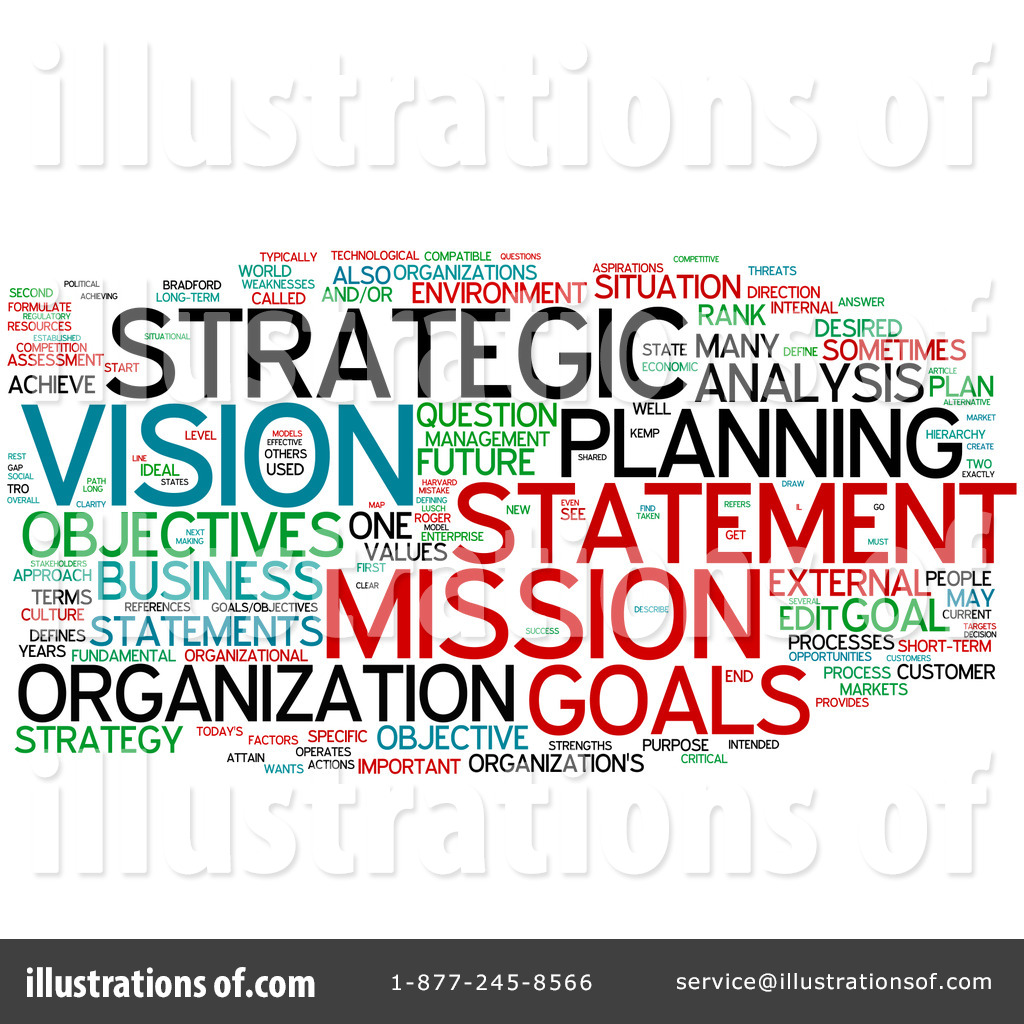
From Vision to Victory: Mastering the Art of Strategic Planning
In the tumultuous seas of business, navigating towards success requires more than just a sturdy ship; it needs a meticulously charted course. That course is your strategic plan – the roadmap guiding your vision from a distant horizon to the shores of victory. This isn’t about blindly following a pre-set path, but about cultivating an agile and adaptive strategy that bends with the winds of change, yet remains steadfast in its ultimate direction.
Part 1: The Genesis of Strategy: Unveiling Your Vision
Before embarking on any journey, a destination must be defined. Your vision isn’t simply a vague aspiration; it’s a clear, concise articulation of your desired future state. It’s the “why” behind your existence, the burning passion that fuels your efforts. Effective vision statements are:
- Inspiring: They ignite passion and motivation within your team.
- Clear and Concise: Easily understood by all stakeholders.
- Future-Oriented: They paint a picture of the desired future, not the present.
- Measurable: While aspirational, they contain elements that can be tracked and assessed.
Once your vision is established, you must translate it into a compelling mission statement. This outlines your specific purpose and how you will achieve your vision. It’s the “how” that bridges the gap between aspiration and action.
Part 2: Charting the Course: SWOT Analysis and Beyond
With your vision and mission defined, it’s time for a thorough assessment of your internal and external environments. This is where the SWOT analysis becomes your compass:
| SWOT | Description | Example |
|---|---|---|
| Strengths | Internal positive attributes | Strong brand reputation |
| Weaknesses | Internal negative attributes | Limited financial resources |
| Opportunities | External positive factors | Expanding market demand |
| Threats | External negative factors | Increased competition |
Beyond SWOT, consider PESTLE analysis (Political, Economic, Social, Technological, Legal, Environmental) to gain a comprehensive understanding of the broader landscape influencing your business. This holistic view allows you to anticipate challenges and capitalize on emerging opportunities.
Part 3: Setting Sail: Defining Objectives and Strategies
Your objectives are the specific, measurable, achievable, relevant, and time-bound (SMART) milestones that will guide your progress towards your vision. They translate your overarching goals into concrete steps. Each objective should be supported by a clearly defined strategy – the action plan outlining how you will achieve that objective. This might involve market penetration, product development, strategic partnerships, or other initiatives.
Part 4: Navigating the Storm: Implementation and Monitoring
A strategic plan is not a static document; it’s a living, breathing entity that requires constant monitoring and adaptation. Implementation involves assigning responsibilities, setting timelines, and allocating resources. Regular progress reviews are crucial to ensure your plan remains on track. Key Performance Indicators (KPIs) provide quantifiable metrics to track your progress and identify areas requiring adjustment.
Part 5: Reaching the Shore: Evaluation and Refinement
The journey towards victory isn’t a one-time event; it’s an iterative process. Regular evaluations allow you to assess the effectiveness of your strategies and make necessary refinements. This might involve adjusting your objectives, refining your tactics, or even re-evaluating your overall vision in light of changing circumstances. This continuous cycle of planning, implementation, monitoring, and evaluation is the key to long-term success.
Conclusion: The Art of Adaptability
Mastering the art of strategic planning is not about creating a rigid, inflexible plan. It’s about cultivating a dynamic and adaptable approach that allows you to navigate uncertainty, capitalize on opportunities, and ultimately achieve your vision. It’s a journey of continuous learning, refinement, and unwavering commitment to your goals. Embrace the challenge, adapt to the changing tides, and your journey from vision to victory will be a testament to your strategic prowess.

Additional Information
From Vision to Victory: A Deeper Dive into Strategic Planning Mastery
While the core concept of “From Vision to Victory” likely emphasizes the importance of a clear vision driving effective strategic planning, a deeper analytical perspective reveals several crucial layers often overlooked. This analysis will explore those layers, providing a framework for truly mastering the art of strategic planning.
1. Beyond Vision: The Critical Role of Environmental Scanning and Foresight:
A compelling vision is insufficient. Successful strategic planning necessitates a rigorous understanding of the external environment. This involves comprehensive environmental scanning, analyzing factors like:
- Macro-environmental forces (PESTEL): Political, Economic, Social, Technological, Environmental, and Legal factors significantly influence an organization’s strategic options. For example, a company ignoring the growing environmental consciousness (Environmental factor) and failing to incorporate sustainable practices could face boycotts and diminished brand reputation.
- Industry analysis (Porter’s Five Forces): Examining competitive rivalry, threat of new entrants, bargaining power of suppliers and buyers, and threat of substitute products reveals the industry’s dynamics and potential profitability. Netflix’s successful strategic shift away from DVD rentals was partly predicated on understanding the emerging threat of streaming services (competitive rivalry and threat of substitutes).
- Competitive intelligence: Actively monitoring competitors’ strategies, capabilities, and performance is crucial. Understanding their strengths and weaknesses allows for informed decision-making and proactive adaptation. The success of Apple largely hinges on its meticulous competitive intelligence gathering and rapid product innovation in response to market trends and competitor moves.
Foresight, predicting future trends and their potential impact, is a critical extension of environmental scanning. Scenario planning, for instance, allows organizations to anticipate various future states and develop contingency plans, mitigating risk and maximizing opportunities.
2. Strategic Choice: Beyond Intuition – A Data-Driven Approach:
The selection of strategies shouldn’t be based solely on intuition or gut feeling. A robust framework is required, incorporating:
- Quantitative analysis: Using data analytics to evaluate market size, customer segmentation, profitability of different strategic options, and resource allocation is crucial for informed decision-making. For example, A/B testing different marketing campaigns allows for data-driven optimization of resource allocation.
- Qualitative analysis: Incorporating insights from stakeholder analysis, customer feedback, and expert opinions adds depth to the quantitative data, providing a more holistic understanding of the strategic landscape. This is crucial for identifying less tangible factors impacting strategic success, such as brand reputation or employee morale.
- Decision-making frameworks: Employing structured frameworks like the Balanced Scorecard or the Strategy Map facilitates the alignment of strategic objectives with operational initiatives, ensuring that the chosen strategy is effectively translated into action. This ensures that all departments are working towards the same overarching goals, enhancing efficiency and minimizing conflict.
3. Implementation and Control: From Plan to Action – The Execution Gap:
Effective execution is often the Achilles’ heel of strategic planning. To bridge the “execution gap,” several elements are crucial:
- Clear responsibilities and accountability: Assigning clear roles and responsibilities, along with establishing measurable Key Performance Indicators (KPIs), ensures accountability and facilitates progress monitoring.
- Resource allocation: Strategic plans must be accompanied by appropriate resource allocation (financial, human, technological) to support their successful implementation. A well-defined budget and a clear talent acquisition strategy are vital components of successful implementation.
- Regular monitoring and evaluation: Continuous monitoring of KPIs and performance against strategic objectives is crucial for identifying deviations early on and implementing corrective actions. Regular reviews and adjustments to the strategic plan are essential for adapting to changing circumstances.
4. Organizational Culture and Leadership: The Human Element:
Strategic planning is not just a process; it’s a cultural transformation. To achieve lasting success, the organization needs:
- A culture of innovation and adaptability: A culture that embraces change, experimentation, and learning from failures is crucial for navigating the dynamic business environment.
- Strong leadership commitment: Effective leadership is essential for driving the strategic planning process, ensuring buy-in from all stakeholders, and fostering a culture of commitment to achieving the strategic goals.
- Effective communication: Transparent and consistent communication about the strategic plan, its progress, and any necessary adjustments is vital for keeping all stakeholders informed and engaged.
In conclusion, mastering the art of strategic planning transcends simply having a vision. It demands a rigorous, data-driven approach that integrates environmental scanning, robust strategic choice frameworks, effective implementation mechanisms, and a supportive organizational culture. By addressing these layers, organizations can move beyond the simple articulation of a vision and truly achieve “From Vision to Victory.”
